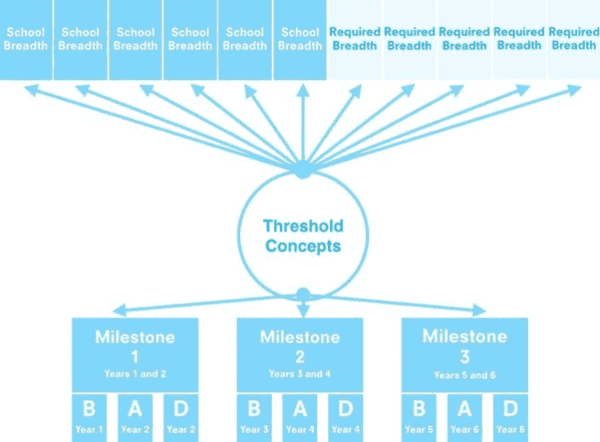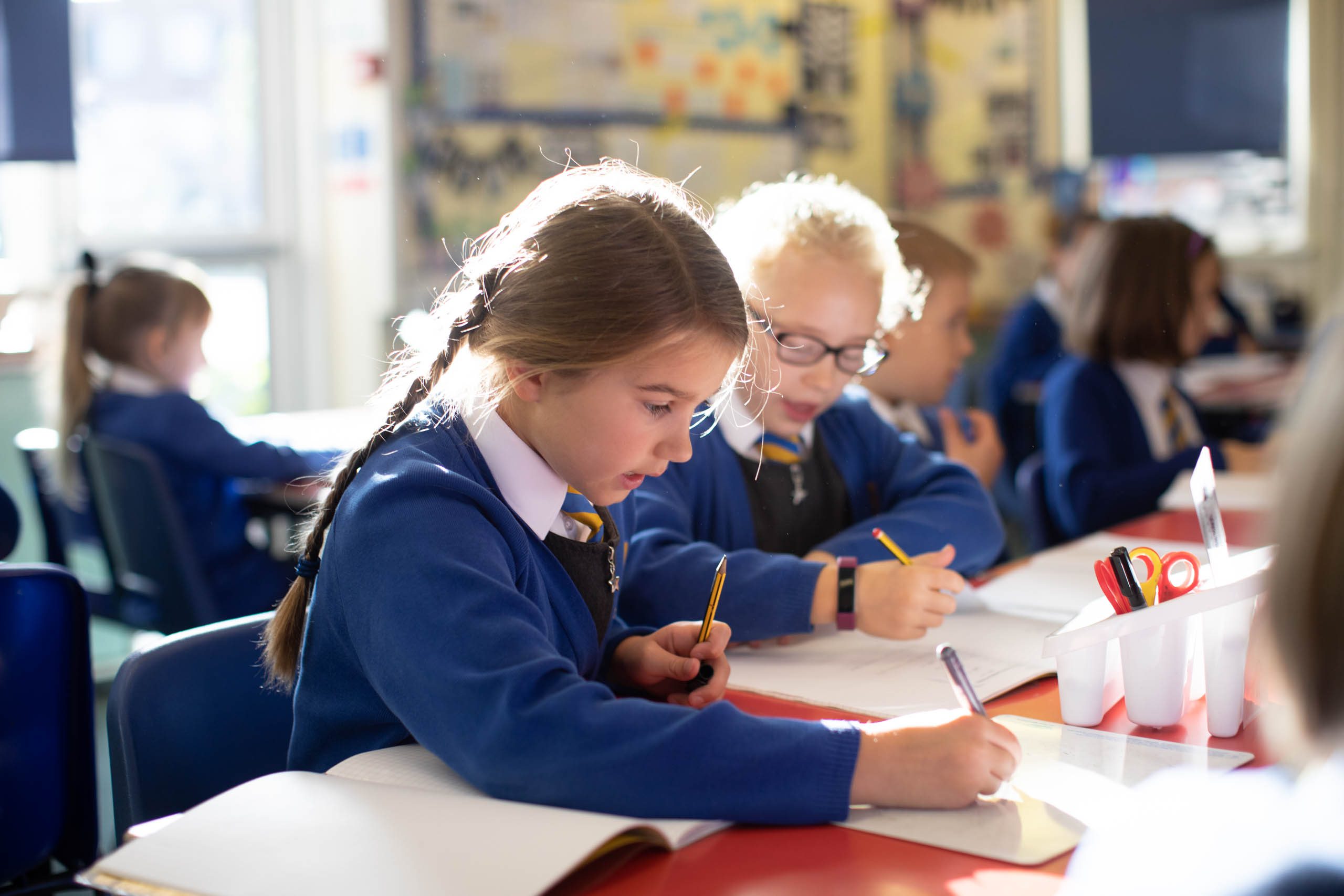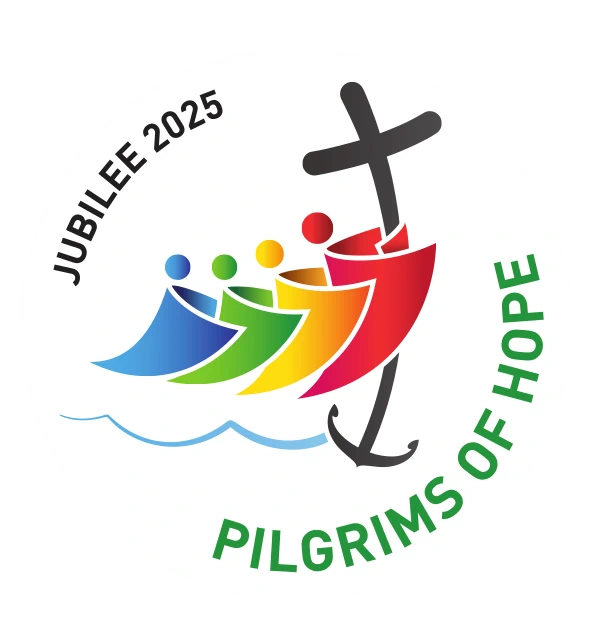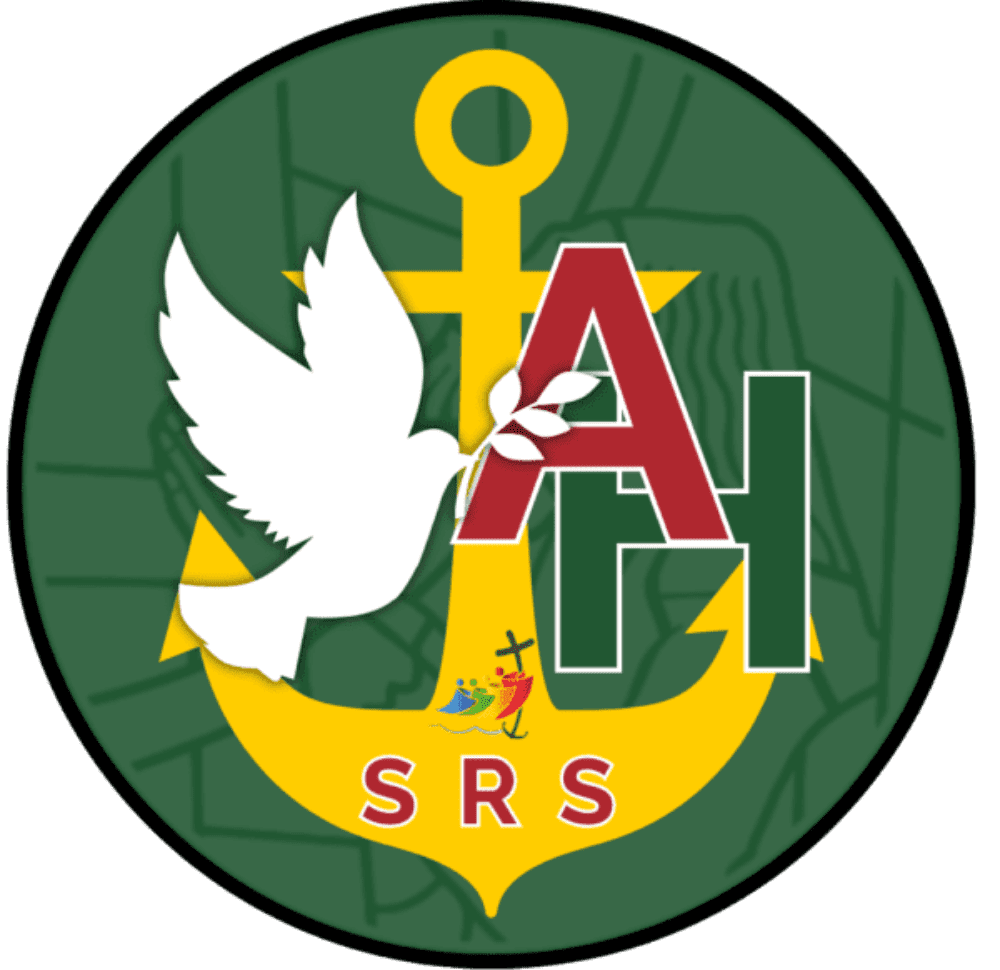Curriculum Rationale
At English Martyrs’ Catholic Academy, we are committed to high quality teaching and learning to raise standards of achievement for all children.
Education involves children, parents, staff governors, the local community, the Trust, the Diocese and the Local Authority, and so for optimum benefit, all should work closely together to support the process of learning.
Working in partnership, we aim to:
- provide a Christ-centred, supportive, positive, healthy, caring and safe environment, which has high expectations and values all members of the school community.
- recognise the needs and aspirations of all individuals and provide opportunities for all pupils to make the best possible progress and attain the highest personal achievements
- ensure children can develop as literate, numerate and technologically competent individuals, within a broad and balanced curriculum
- provide rich and varied contexts and experiences for pupils to acquire, develop and apply a broad range of knowledge, skills and understanding
- provide a curriculum which promotes the spiritual, moral, social, cultural, physical, mental and emotional development of the pupils
- develop unique individuals with enquiring minds, excellent learning attitudes, good thinking skills, self-respect, self-discipline and positive attitudes
- encourage all children to be enthusiastic and committed learners, promoting their self -esteem, self-worth and emotional well-being
- develop children’s confidence and capacity to learn and work independently and collaboratively.
Curriculum Intent
Our curriculum design is based on evidence from cognitive science and the following ideas:
- Learning is a change to long-term memory.
- Learning is most effective with spaced repetition.
- Interleaving helps pupils to discriminate between themes and aids long-term retention
- Retrieval of previously learned content is frequent and regular, which increases both storage and retrieval strength.
- As a Catholic school our faith is central in every aspect of learning, particularly Catholic Social Teaching themes. We want all our children to leave our primary school with an understanding of how their learning can help them contribute to the world they live in.
- Our aims are to ensure that our students experience a wide breadth of study and have, by the end of each key stage, developed a long-term memory of an ambitious body of procedural and semantic knowledge.
Curriculum map model
- Curriculum drivers shape our curriculum breadth. They are derived from an understanding our children, our beliefs about high quality education and our values. They are used to ensure we give our students appropriate and ambitious curriculum opportunities.
- Cultural capital gives our students the vital background knowledge required to be informed and thoughtful members of our community who understand and believe in British values.
- Curriculum breadth is shaped by our curriculum drivers, cultural capital, subject themes and our ambition for children and their futures.
- Threshold concepts tie together the subject topics into meaningful schema. The same concepts are explored in a wide breadth of topics. Through this ‘forwards-and-backwards engineering’ of the curriculum, students return to the same concepts over and over and gradually build understanding of them.
- Cognitive science tells us that working memory is limited and that cognitive load is too high if students are rushed through content. This limits the acquisition of long-term memory.
- Within each Milestone, students gradually progress in their procedural fluency and semantic strength through three cognitive domains: basic, advancing and deep. The goal for students is to display sustained mastery at the ‘advancing’ stage of understanding by the end of each milestone and for the most able to have a greater depth of understanding at the ‘deep’ stage.
- As part of our progression model we use a different pedagogical style in each of the cognitive domains of basic, advancing and deep. This is based on the research of Sweller, Kirschner and Rosenshine who argue to direct instruction in the early stages of learning and discovery based approaches later.
- Also as part of our progression model we use POP tasks (Proof of Progress) which shows our curriculum expectations in each cognitive domain.
Diagram of Curriculum content model

Impact
- Because learning is a change to long-term memory it is impossible to see impact in the short term.
- We do, however use probabilistic assessment based on deliberate practise. This means that we look at the practices taking place to determine whether they are appropriate, related to our goals and likely to produce results in the long-run.
- We use comparative judgment by comparing a student’s work over time.
- We use lesson observations to see if the pedagogical style matches our depth expectations
Organisation
The learning environment will be managed in such a way as to facilitate different style of learning and movement through the cognitive domains – moving from basic -> advancing -> deep tasks over time. Opportunities will be made for:
- whole class teaching
- group work
- one to one teaching
- conferencing
- collaborative learning in pairs or groups
- independent learning.
All areas of the learning environment will be planned for, including, where appropriate, the outside areas, in order to ensure opportunities for a range of practical activities, which will develop appropriate knowledge, skills and understanding. The classroom will be organised to facilitate learning and the development of independence. For example:
- resources in each area will be grouped according to curriculum subject
- book corners will be purposeful and welcoming
- areas for imaginative play will change regularly, in order to give opportunities for a range of play and role-play which will contribute to learning in a purposeful manner
- displays provide a stimulating and purposeful learning environment, including thought provoking and stimulating displays.
Scaffolding and differentiation
So that we always have the highest possible expectations of individual learners and so they can demonstrate what they can do, understand and achieve, teachers will the alter curriculum according to individual needs by:
- pace
- challenge
- mastery
- content
- task
- relevance
- resources
- teacher/adult support.
Scaffolded or differentiated tasks will be detailed in weekly planning. Reference will be made in weekly plans to SEN Plans where appropriate and pupils accessing Formative Footprints or the Engagement Model will be planned individually.
Assessment, Recording and Reporting
Our curriculum carefully pinpoints the composite and component knowledge to be remembered by pupils across units of work, year groups and Key Stages. Regular summative and formative assessments are made of pupils’ retention of this knowledge in order to establish the level of progress made and to inform future planning.
To do this, we use the SRSCMAT Trust Assessment Framework, making a judgement using a 1-4 scale to show depth and retention of knowledge. We make summative judgements using this scale termly against the composite knowledge and on an ongoing formative basis using the Trust Assessment Matrix. Formative assessment is used to guide the progress of individual pupils. It involves identifying each child’s progress in each area of the curriculum, determining what each child has learned and what therefore should be the next stage in his/her learning.
Each lesson begins with a whole class feedback session reviewing the previous lesson’s learning and includes a short task (e.g. purple pen) to address a misconception or be challenged further. (See Feedback Policy)
Formal summative assessment is carried out at the end of each National Curriculum Key Stage (i.e. in Years 2 and 6) through the use of SATs and teacher assessment. Phonics are tested in Year 1 and re-tested where necessary in Year 2. Baseline assessment is used in Reception/Early Years within three weeks of starting school.




